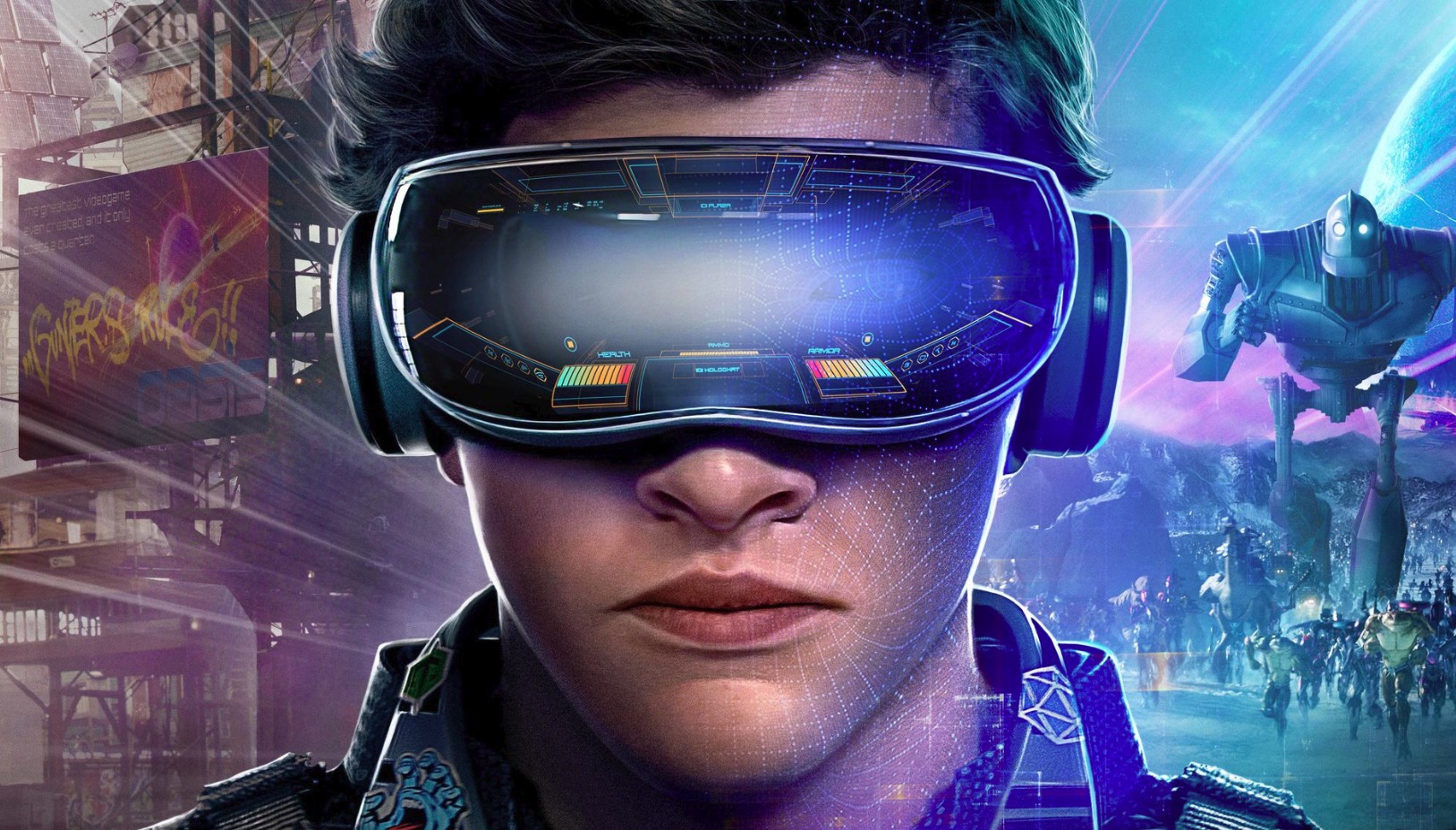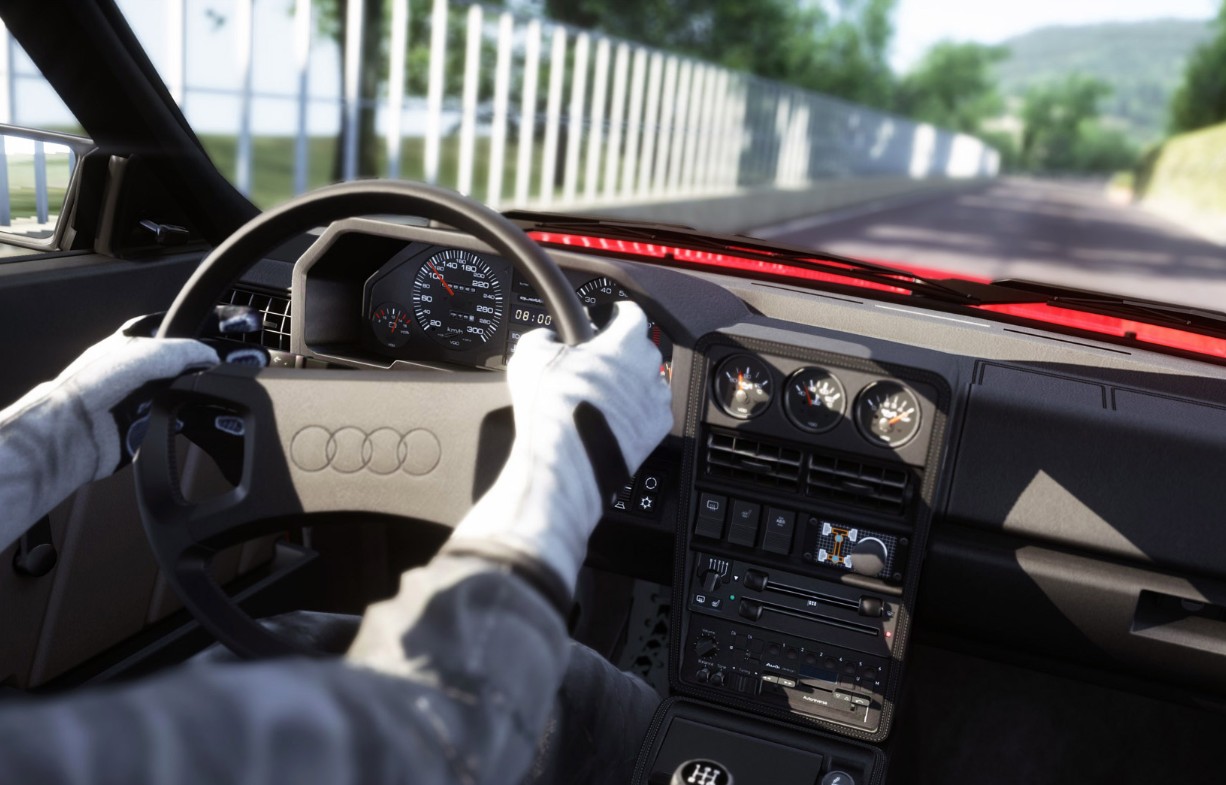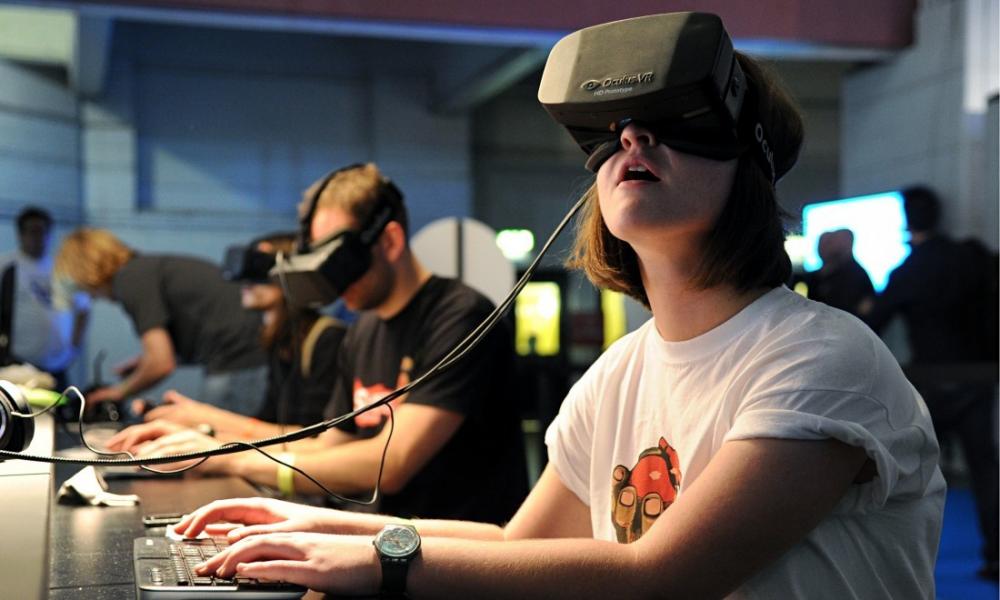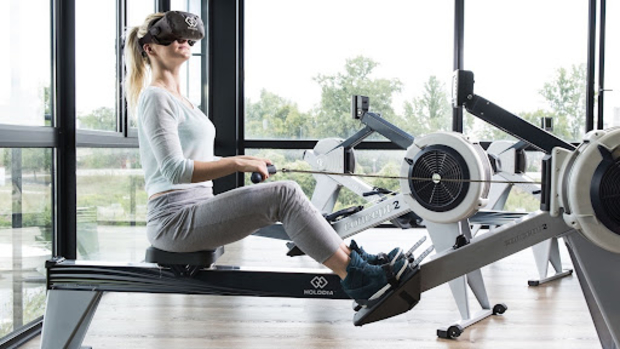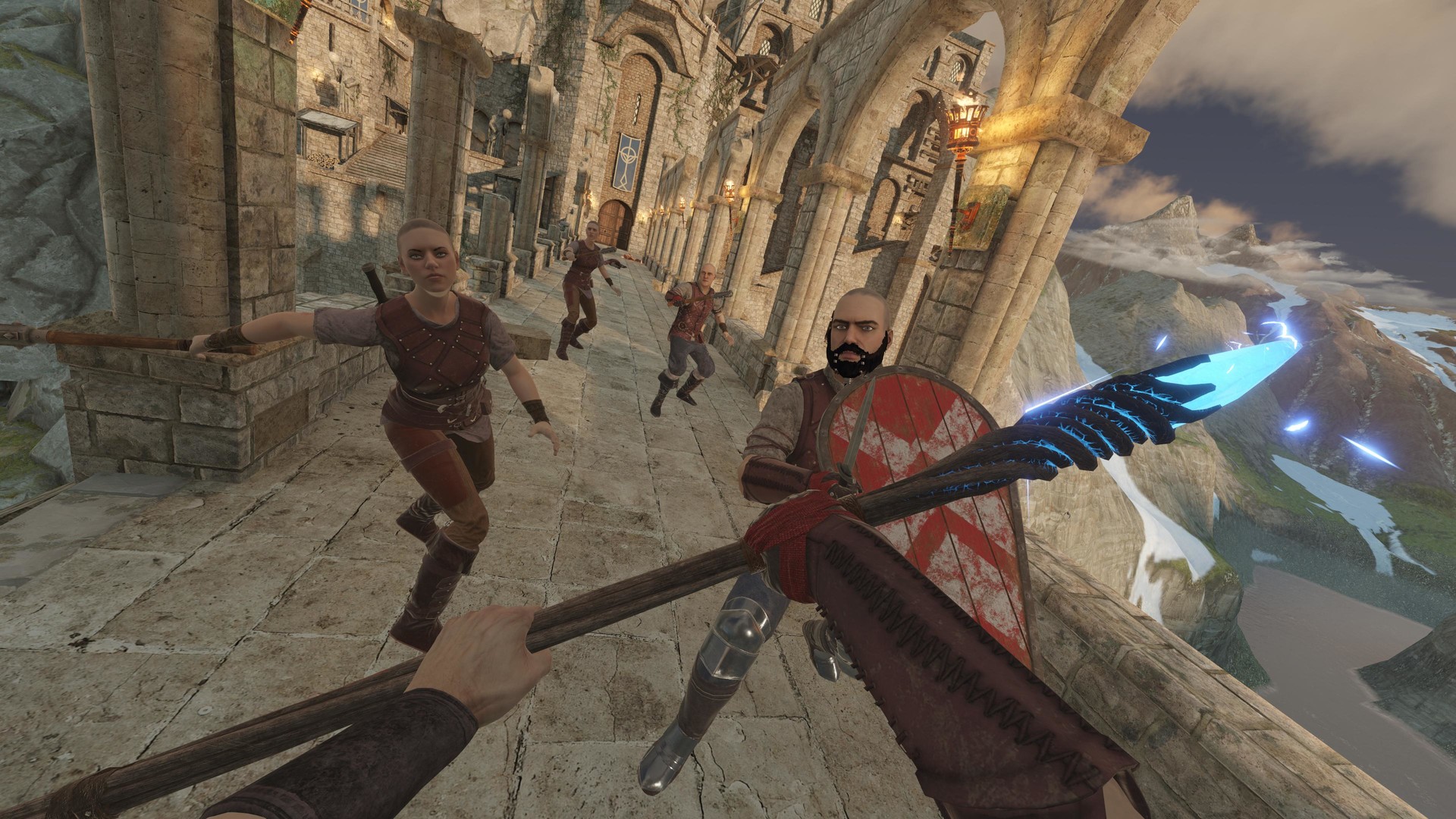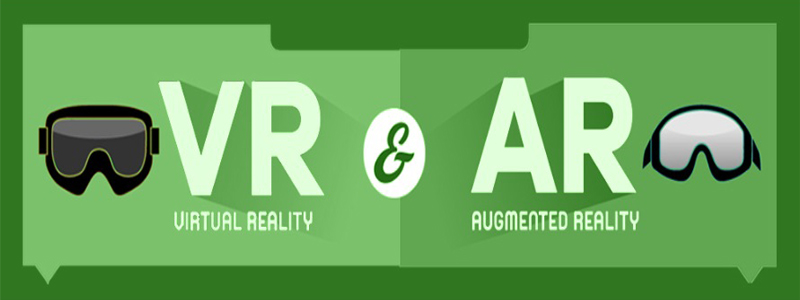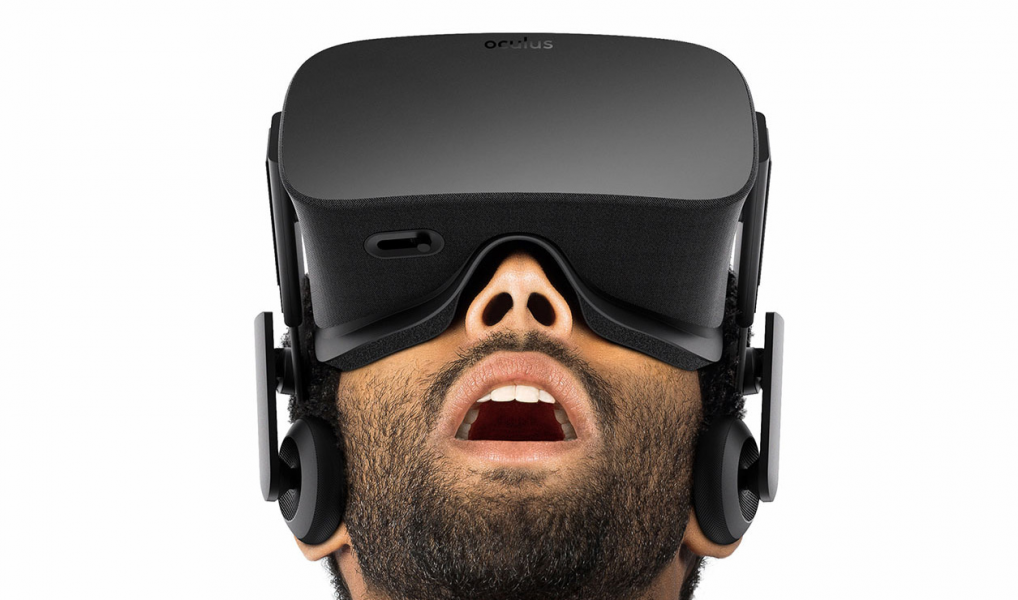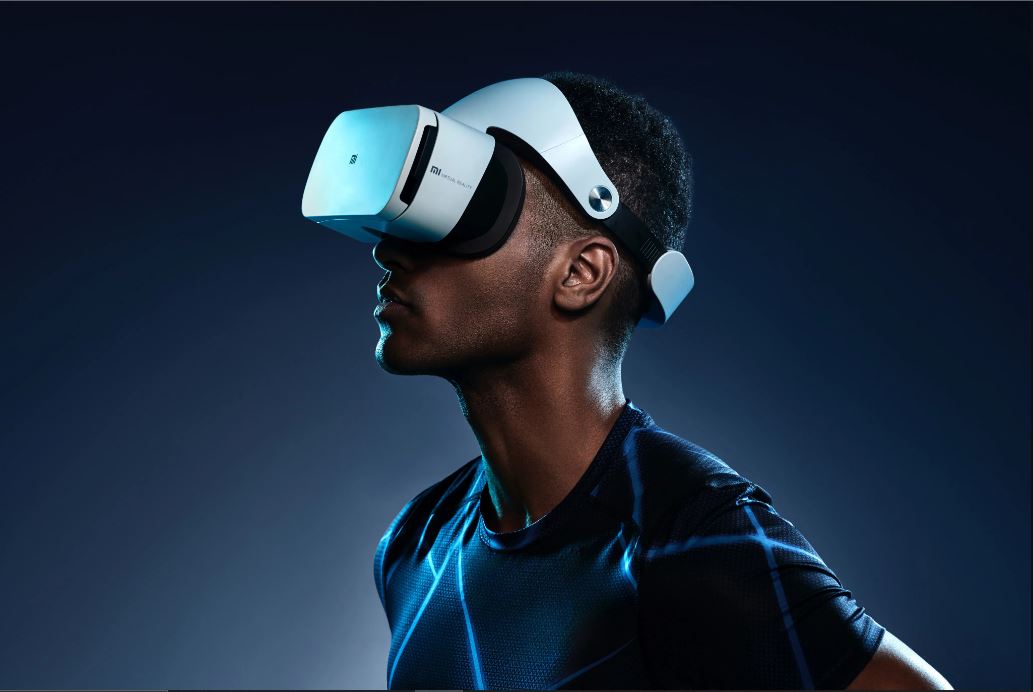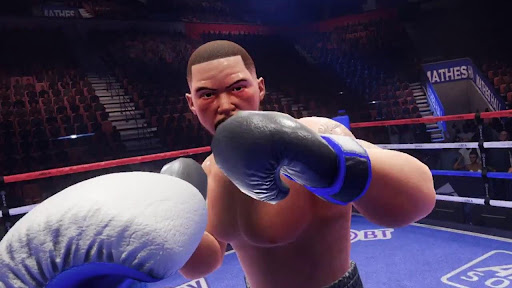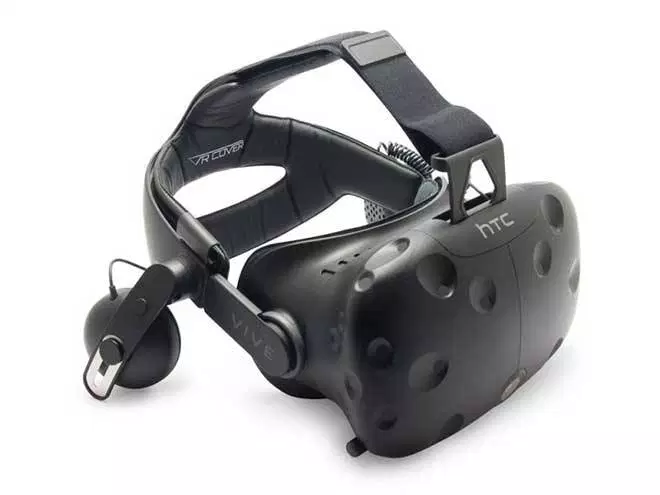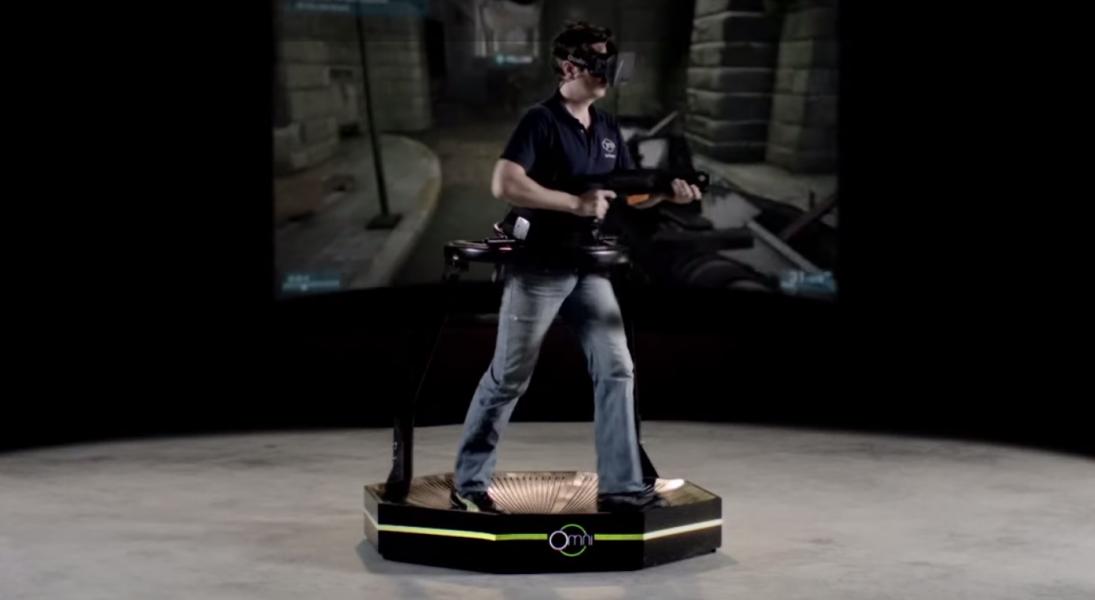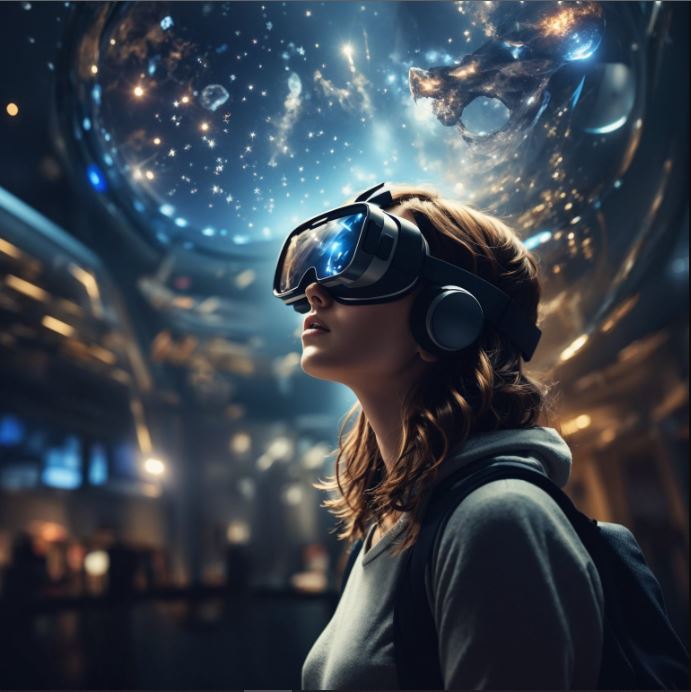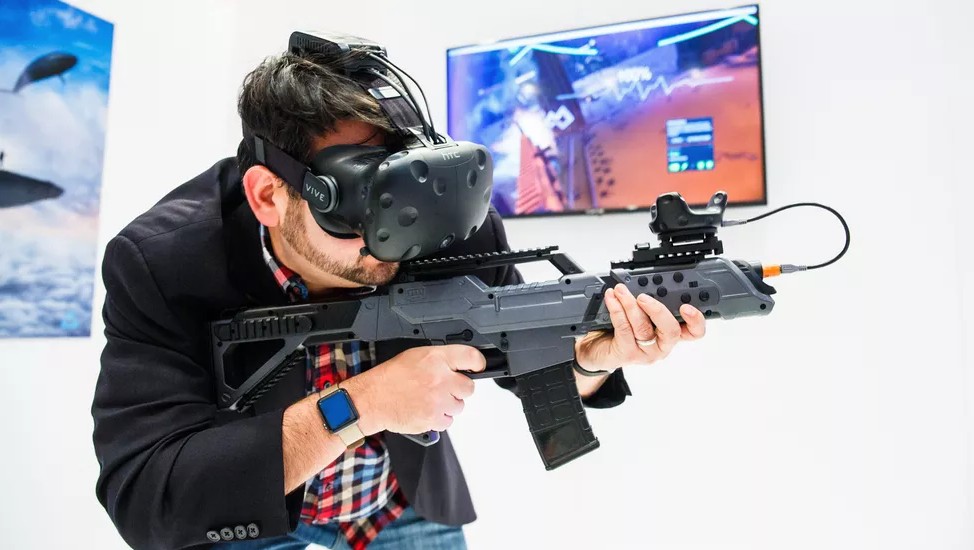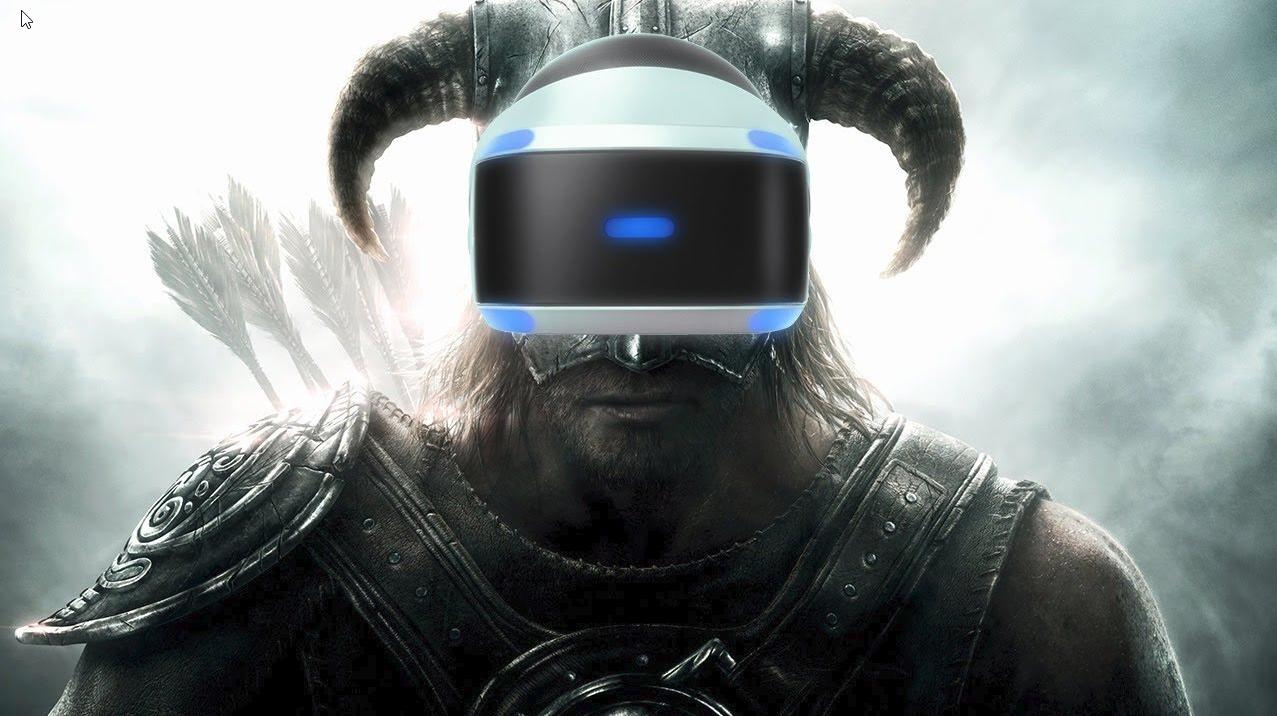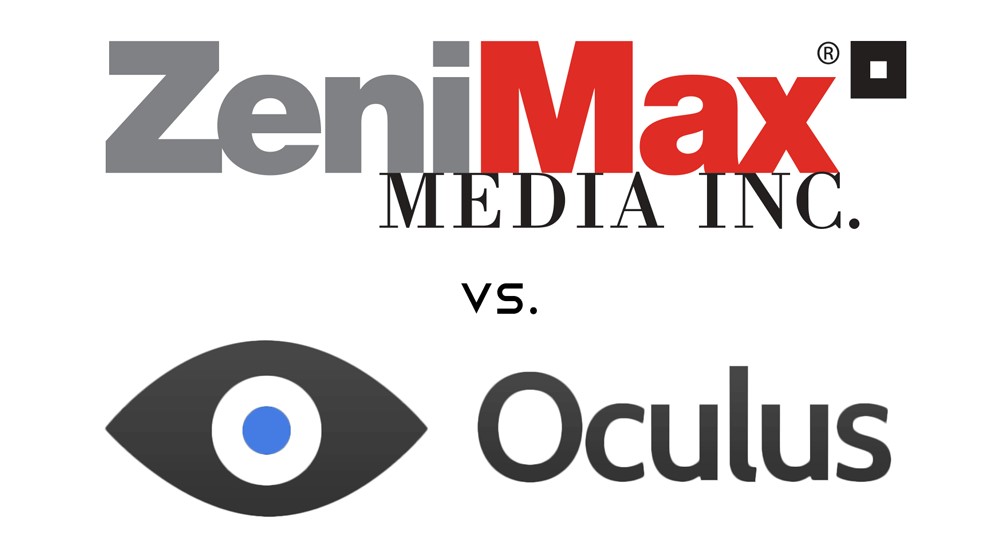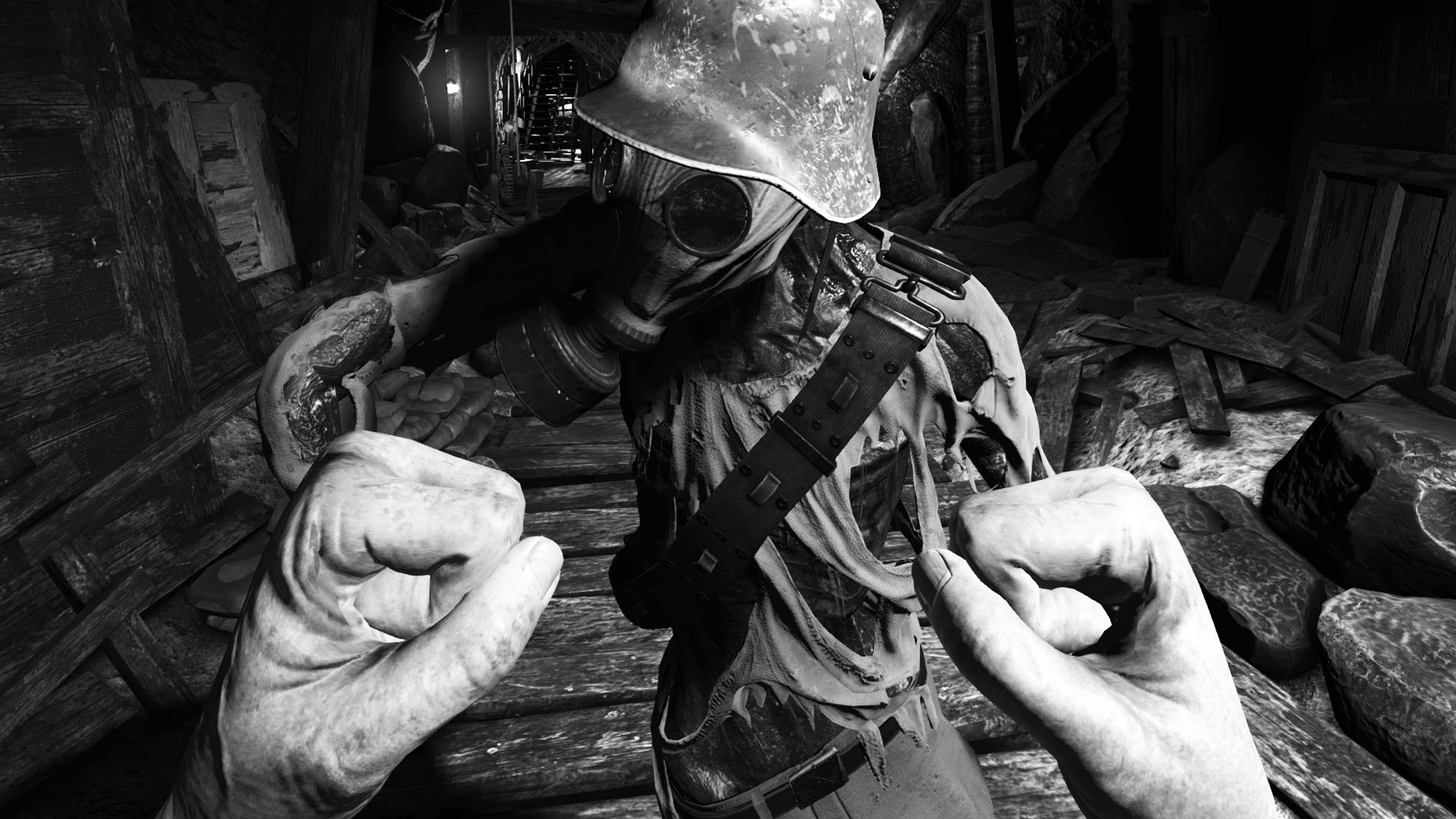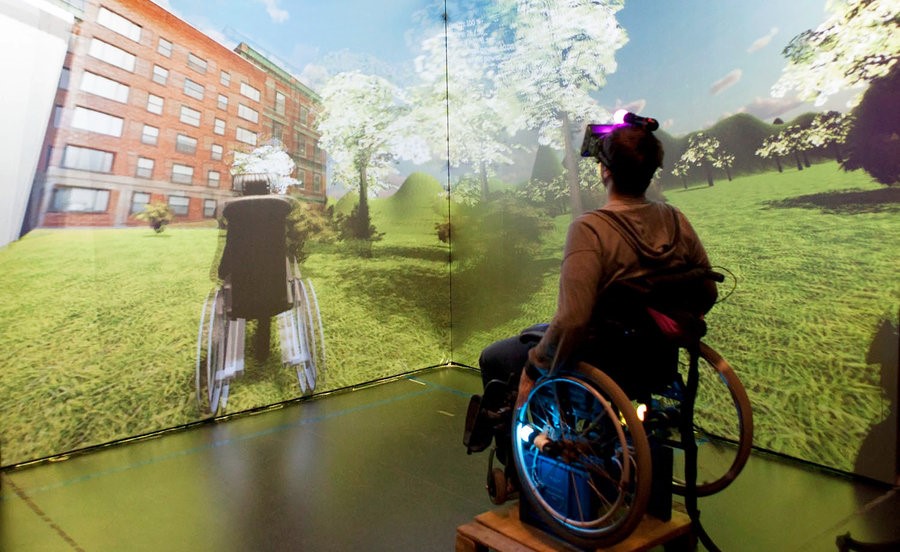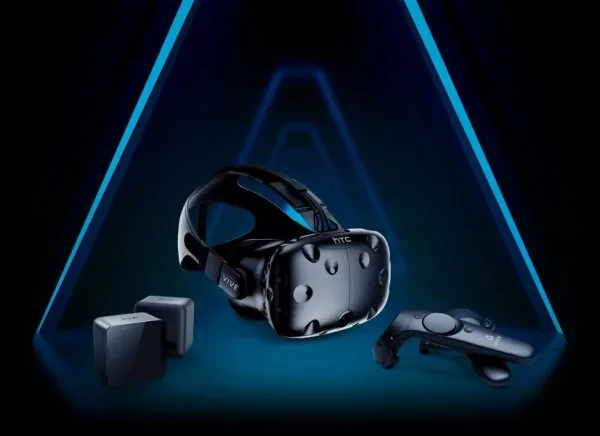
Find Out How Good the HTC VIVE Really Is
Virtual Reality is an idea that has been around for decades but the technology didn’t live up to its promise until the last few years. Gamers and enthusiasts flocked to online forums and tech blogs devouring every bit of news they could find about upcoming VR systems. Initially there were two major competing platforms that were being developed, the Oculus Rift and the HTC VIVE. Other headsets, such as Playstation VR and Windows Mixed Reality, followed after. Oculus deserves a lot of credit for firing up the imaginations of millions of gamers. Entire books could be written comparing platforms, so instead, this article will focus exclusively on the VIVE by examining its strengths and opportunities for improvement.
Let’s Start With the Headset
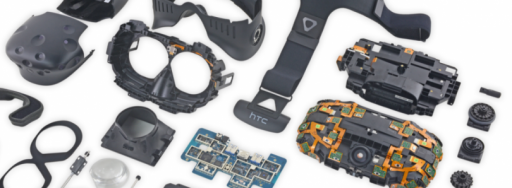
When you put it back together there's always that extra screw...
The headset itself features two 1080x1200 displays, one for each eye, that combines to form a 2160x1200 display providing a 110 degree field of view with a 90 Hz refresh rate. When wearing the VIVE, these specs translate to immersive visuals by providing the wide field of view and a high refresh rate to make motion appear seamless and not jittery. There are three minor issues with the display however. The first is a result of the fresnel lenses that the viewer looks through. While designed to prevent chromatic aberration (colored fringes around the edges of images), it has the downside of having a bit of a visual effect where a user can see faint rings depending on what’s being viewed. The second issue is called the “screen door effect.” That effect is caused by looking at a display from a very close distance. It is right next to your eyes! Even with that resolution, you can still make out the grid of pixels if you really look for it. It’s not distracting, and it often goes unnoticed, but it is worth mentioning. The final display issue, reading text in VR, is directly related to both the lenses and the display resolution. Text is readable, but unless you focus directly on it the result is a bit blurry. Despite these issues, the visual effects are stunning. It is easy to get lost in virtual worlds and after a while it’s easy to forget you aren’t actually in the game.
The other headset elements are the mask that shields the players’ eyes from ambient light, the strap that keeps the unit on your head, and the actual casing that houses the display and other components. The mask is fairly comfortable for gaming sessions and does a good job blocking the ambient light. This helps keep the player immersed in the game. The strap does a decent job securing the unit to the wearers head. It could use a bit of a redesign though. There are times that the weight of the actual headset causes the strap to slip a bit, especially if you look straight down. The headset weight does cause some discomfort after a while. While not incredibly heavy, it is hefty enough to prevent really long gaming sessions. This is not a bad thing, as it is recommended to take breaks to prevent eye strain and other issues.
One thing that the headset lacks is built-in headphones. There is a jack for headphones, and it is not too much of a hassle to have separate headphones, but it would be much simpler for the user if high quality headphones were already included as part of the unit.
The last thing about the headset unit is the thick cable that runs out of the back of it and connects to an included Link Box which in turn connects to the PC. That cable is the biggest obstacle to the freedom the VIVE provides. It is easy to get a bit tangled in the cable during intense gaming sessions. Users adapt to it after a while, and learn to navigate around it, but a wireless headset would be a very welcome upgrade.
The Base Stations - Get Your Move On!
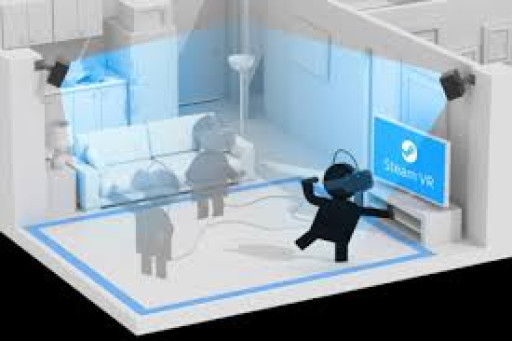
Walking around in VR is an incredible feeling
One of the greatest achievements of the VIVE was being the first to provide consumer room-scale VR. The ability to walk around a virtual world enhances the realism. It almost feels like you can turn a room into a holodeck! Room-scale VR is dependent on the base stations, also called Lighthouse stations. These small cubes can be mounted on the wall at opposite ends of a room or put on tripods. They project infrared light around the play area and provides insanely accurate tracking of the headset and controllers, each containing sensors. The only downside to the base stations are the need to occasionally install firmware updates on them. That’s not a bad thing, but users run the risk of having issues if the firmware isn’t installed properly.
Chaperone – Safety First!
The headset and Lighthouse base stations work together to provide an ingenious solution to keeping the user aware of the room boundaries and also allows users to see objects in their path. Chaperone uses front facing cameras on the headset to live-feed those obstacles into the users view. The boundaries of the room are represented by a grid that only appears when you get to close to them. Users can customize how the boundaries are represented, different colors and styles, and if they want the camera on or not for obstacle views.
The Controllers

We've come a long way since the NES D-Pad
The controllers have a unique design that is comfortable to hold and easy to use. Each controller has two dozen sensors for accurate tracking, a trackpad, a dual-stage trigger, HD haptic feedback and a rechargeable battery. The accuracy of the tracking allows game devs to map whatever they want onto the controllers. A controller can appear like a hand, a gun, or anything really. Different functions can be mapped onto the buttons and trackpad.
A downside of the controllers is when they appear to be something else in a game, such as a larger gun, its easy to accidentally bang them against a wall or each other while playing. It’s not a big deal, but it is a bit jarring when it happens.
What Can the VIVE be Used For?
Gaming is the first and most obvious use for the VIVE. This is not by accident. HTC developed a partnership with Valve to jointly develop the resulting system. HTC made the hardware, while Valve supplied the mega-popular Steam platform by creating SteamVR. Valve also created SteamVR Tracking, the software that powers the hardware to make a superior tracking system.
Gaming isn’t the only use for VR though. The use cases are endless. Anyone can travel anywhere in space and time, all that is needed is a developer to create the experience. Popular apps allow people to explore cities and cultural landmarks, stand on the surface of Mars, fly through a distant nebula, paint in 3D, and watch movies in a virtual theater on a giant 3D screen. Television networks, like Discovery Channel, are starting to catch on by providing VR content.
Other than SteamVR, users can get software on HTC’s Viveport storefront. VIVE owners can either pay individually for apps or subscribe and choose 5 titles every month.
Conclusions
The VIVE is a great first-generation system for VR gaming. It was the first to provide room-scale playing to make the experience even more realistic. The graphics are smooth and the tracking is magnificent. The other issues, like the big cable running out the back of the headset, should be considered before purchasing one though. Buyers should also consider waiting until newer headsets like the VIVE Pro come out because these newer generation headsets are going to be more immersive and wireless.



